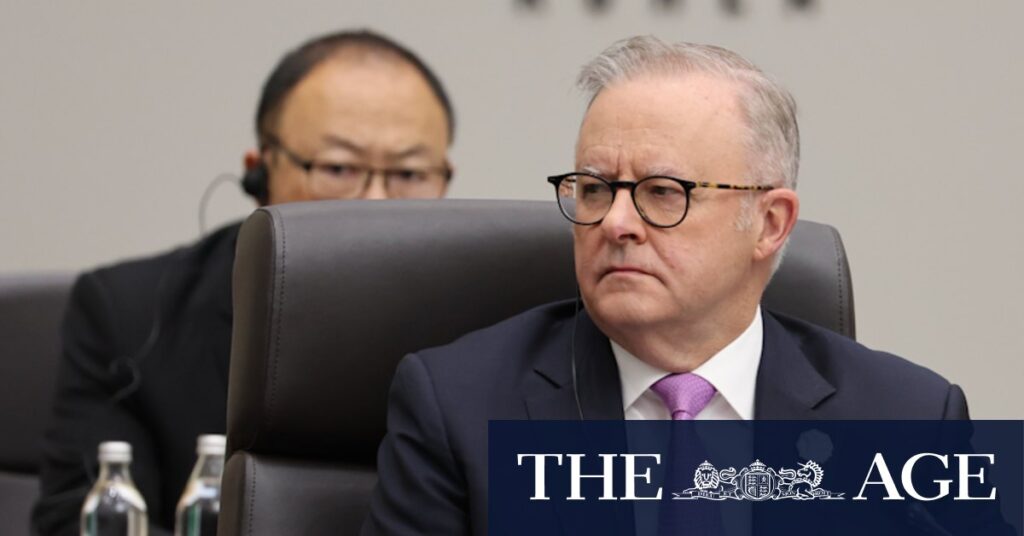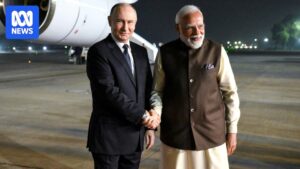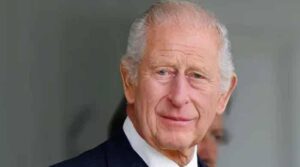
Gyeongju, South Korea: Prime Minister Anthony Albanese has joined Asia-Pacific leaders in a unified call for a stable and resilient trading system, urging the United States and China to reach a long-term ceasefire in their ongoing trade war. This conflict has significantly impacted the region’s economies, causing widespread concern among member nations.
In a notable shift from previous years, the 21 members of the Asia-Pacific Economic Cooperation (APEC) did not reiterate their support for a “rules-based multilateral trading system” with the World Trade Organization at its core. This phrase had been a staple in joint declarations at APEC summits for at least the past four years. The absence of this endorsement follows US President Donald Trump’s aggressive trade policies, which have disrupted global trade dynamics through widespread tariffs.
APEC Summit’s Strategic Shift
The political leaders at the summit emphasized that the Asia-Pacific region stands at a “pivotal juncture,” calling for efforts to “ensure resilient supply chains.” This statement subtly references the Trump administration’s tariff strategies and China’s threats to limit global access to rare earth minerals, which are crucial for advanced technology.
Prime Minister Albanese highlighted the importance of cooperation between the US and China, stating, “It is in the world’s interest for the world’s two largest economies and powers to engage with each other constructively.” His comments underscore the global ramifications of the ongoing trade tensions.
China’s Role and Future Prospects
Looking ahead, China is set to host next year’s APEC summit in Shenzhen, a decision Albanese supports despite recent tensions. Beijing only recently lifted its last COVID-era economic sanctions on Australian industries. “They’re a major economy. They’re Australia’s major trading partner. Australia supported China hosting APEC,” Albanese remarked, showing a willingness to foster stronger ties.
The summit concluded a busy international itinerary for Albanese, who engaged with over 20 leaders across Malaysia and South Korea. His engagements included a dinner with Trump and informal discussions with Chinese President Xi Jinping.
US-China Trade War: A Breakthrough?
The APEC summit was largely overshadowed by a significant meeting on the sidelines between Trump and Xi, during which they agreed to pause their damaging trade feud. This conflict has exposed the fragility of key supply chains, with Beijing threatening to leverage its monopoly over rare earths by imposing new export controls. This move was in retaliation to US tariffs and restrictions on China’s access to high-tech chips and software.
“The world of expanding ‘rules-based, liberalised trade and investment … is gone,” declared Canadian leader Mark Carney, highlighting the summit’s somber tone.
Carney, facing potential US tariffs on Canada’s economy, invited other countries to strengthen their trade relations, announcing a new strategy to double Canada’s non-US exports over the next decade.
China’s Strategic Positioning
With Trump absent from the two-day meeting, Xi capitalized on the opportunity to position China as a defender of free trade norms and a reliable alternative to the United States. This strategic maneuver underscores China’s growing influence in shaping global trade policies.
The call for a ceasefire in the US-China trade war reflects broader concerns about the stability of the global economy. As the world’s two largest economies, their actions have far-reaching implications. The APEC summit’s focus on resilient supply chains and strategic cooperation signals a shift towards a more collaborative approach in addressing these challenges.
As the international community watches closely, the outcomes of these diplomatic engagements will likely shape the future of global trade relations. The next steps will be crucial in determining whether the US and China can find common ground and pave the way for a more stable economic environment.






